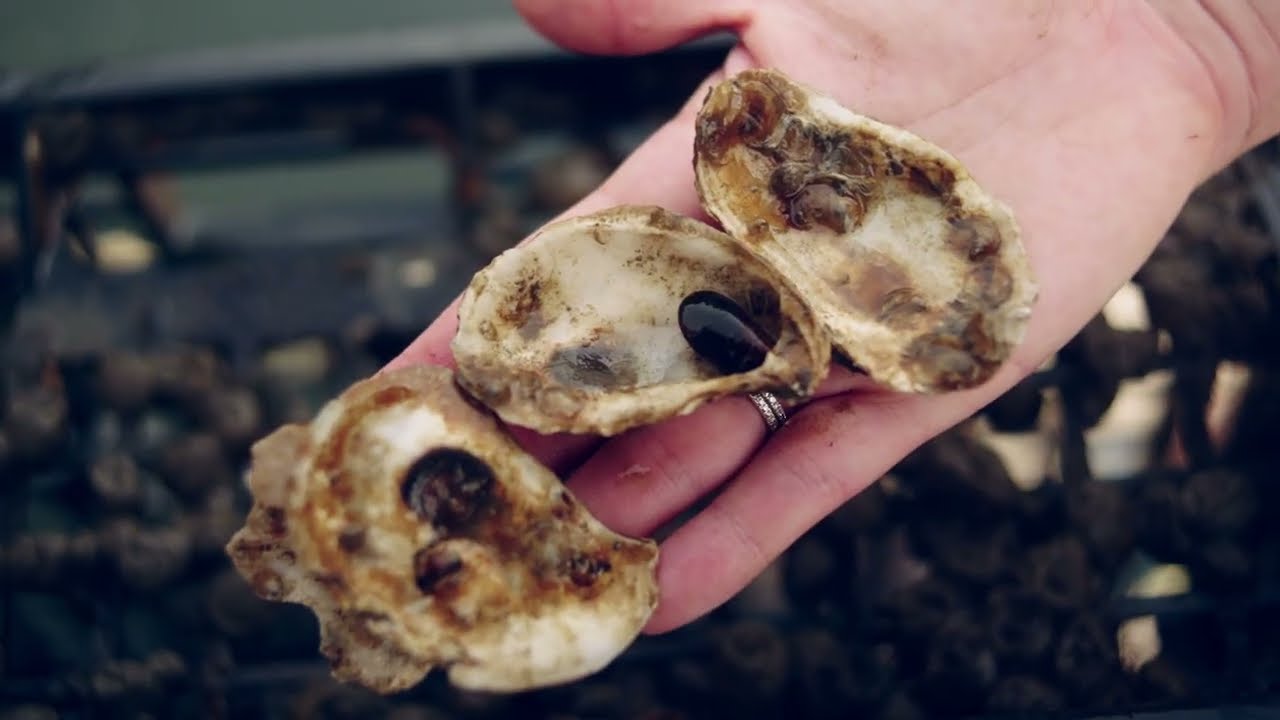Pete Malinowski, co-founder and executive director of Billion Oyster Project explains how Oris has helped bring real change.

Pete, it’s been three years since our first collaboration. Remind us of your story, the Billion Oyster Project and the collaboration with Oris.
The Billion Oyster Project was founded in 2014 by my colleague Murray Fisher and me while we were working at the New York Harbor School. As an aquaculture teacher, I saw first-hand how young people connected with their environment when engaged in hands-on restoration. We launched the project with the ambitious goal of restoring one billion oysters to New York Harbor by 2035. Our collaboration with Oris began in 2022 with the launch of the New York Harbor Limited Edition. Oris’s commitment to environmental stewardship aligned beautifully with our mission, and the partnership helped raise vital funds and awareness.
So, how’s the project going?
We’re proud to say the project is thriving. As of mid-2025, we’ve restored approximately 150 million oysters across 17 active reef sites throughout the harbor. We’ve recycled over 2.9 million pounds of oyster shells from local restaurants, engaged more than 15,000 volunteers and worked with over 30,000 students. Our reef sites now cover about 19 acres, and we’re seeing increasing signs of natural oyster recruitment, which is a key indicator of long-term success.

What are the biggest challenges you’ve had to overcome?
Navigating regulatory hurdles related to placing live shellfish in harbor waters has been a persistent challenge, as has working within the constraints of New York’s complex urban environment. Pollution from combined sewer overflows remains a threat, and sustaining funding as we scale up our operations requires ongoing effort. Public awareness is growing, but we still work hard to ensure people understand the ecological and societal value of oysters.
Can an oyster population return New York City waterways to thriving habitats?
Oysters are a keystone species, meaning they play a foundational role in their ecosystems. Each oyster can filter up to 50 gallons of water per day, and oyster reefs – like coral reefs – provide habitats for hundreds of marine species. While full ecological restoration will take decades, we are already seeing improved water quality and increased biodiversity in areas where oysters are thriving.

On education: who have you engaged with and how?
We engage with over 100 public schools and more than 30,000 students through hands-on STEM programmes focused on marine science and environmental restoration. We also collaborate with the Urban Assembly New York Harbor School, which offers Career and Technical Education programmes in fields like aquaculture and marine biology. Additionally, we work with community scientists, volunteers and partner institutions to expand public engagement and build a network of environmental stewards.
How did funds raised from our first collaboration make a difference?
By supporting critical components of our work, including reef construction, shell collection and educational programming. These resources helped us expand our reach, refine our methods and involve more community members in the restoration effort.

Bigger picture, how have popular attitudes to conservation evolved since you began the project?
Public attitudes have become more supportive of conservation, particularly in the wake of climate related disasters like Hurricane Sandy. People are more aware of the need for blue infrastructure and resilient cities. Our work has benefited from this shift, but we still face challenges in maintaining momentum, especially during uncertain times. Our strategy is to emphasise the multi-benefit nature of our work. It’s not just about the environment, but also about education, job training, coastal protection and community resilience.
Where would you like to see the relationship between people and planet go next?
I’d like to see a future where people view themselves as caretakers of the natural world, especially in urban environments. This means integrating ecological literacy into education, building green and blue infrastructure into city planning and ensuring that all communities have access to healthy, resilient ecosystems.

How can people reading this get involved in your project?
Many ways – volunteering at reef sites, donating, participating in community science programmes, or even helping restaurants recycle their shells. Every action helps us move closer to our goal of restoring New York Harbor.
How will funds raised from sales of the New York Harbor Limited Edition II be used?
Proceeds will go directly toward reef building, shell collection and educational outreach. These funds help us scale up our impact and bring more people into the restoration process.
To your mind, what does this collaboration say about Oris?
This collaboration reflects Oris’s deep commitment to sustainability and community-driven impact. It shows that Oris is willing to go beyond awareness-raising and invest directly in solutions that bring lasting ecological and social benefits. We’re proud to partner with a brand that truly believes in bringing positive change.



